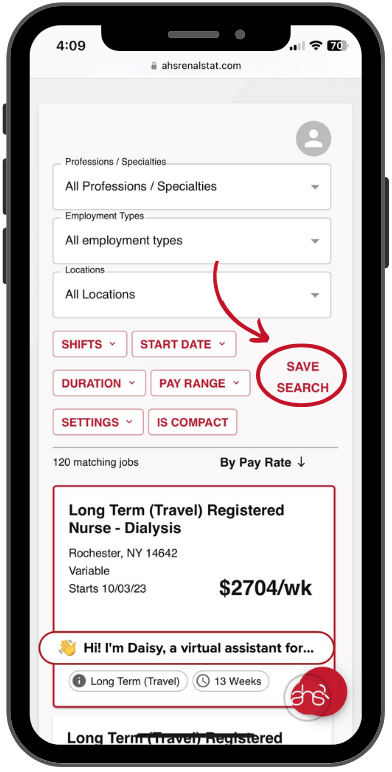Indiana University School of Medicine scientists have successfully transplanted primary kidney cells intravenously to treat renal failure in rats, pointing the way to a possible future alternative to kidney transplants and expensive dialysis treatments in humans.
The researchers, Katherine J. Kelly, M.D., associate professor of medicine, and Jesus Dominguez, M.D., professor of medicine, genetically modified the cells in the laboratory to produce a protein – called SAA – that plays an important role in renal cell growth, embryonic kidney development and kidney regeneration after an injury. Modified cells found their way to the appropriate locations of the damaged kidneys, resulting in regeneration of tissue and improved function in the kidney.
The researchers’ work has been accepted for publication in the American Journal of Physiology – Renal Physiology, which published an advance online version of the paper on May 16.
The authors point out there is a significant and expanding need for better kidney treatments because growing numbers of people are facing progressive kidney failure due to rising incidence of diabetes, hypertension and the aging of the population.
According to the National Institute of Diabetes and Digestive and Kidney Diseases of the National Institutes of Health, more than 20 million Americans have chronic kidney disease, and more than half a million people are being treated for end stage renal disease. For those patients the options are limited to dialysis or kidney transplants. Nearly 99,000 people are now on the waiting list for a kidney transplant, according to the Organ Procurement and Transplantation Network, and more than 12 people die each day while on a kidney transplant waiting list.
“Obviously there is a need for, and an opportunity for, regenerative medicine in kidney failure as well as other organs,” said Dr. Dominguez. There have been efforts to use stem cells to regenerate kidney tissue, but the benefits have not been long lasting, he noted.
In the IU researchers’ experiments, however, some of the reprogrammed adult kidney donor cells made their way back to the damaged rat kidneys and engrafted themselves into key locations for renal function, resulting in improved kidney function and limiting physical damage. In some cases the modified cells came from other donor rats. In other experiments, one of the rats damaged kidneys was removed and the treated cells were grown in the laboratory and then returned to the same rat.
“Ultimately, you can imagine taking a part of someone’s kidney, expanding those cells with appropriate growth factors in a tissue culture dish, and then giving the cells back,” said Dr. Kelly.
The researchers cautioned, however, that much work remains to be done before tests could begin in humans. ~sciencecodex.com~


